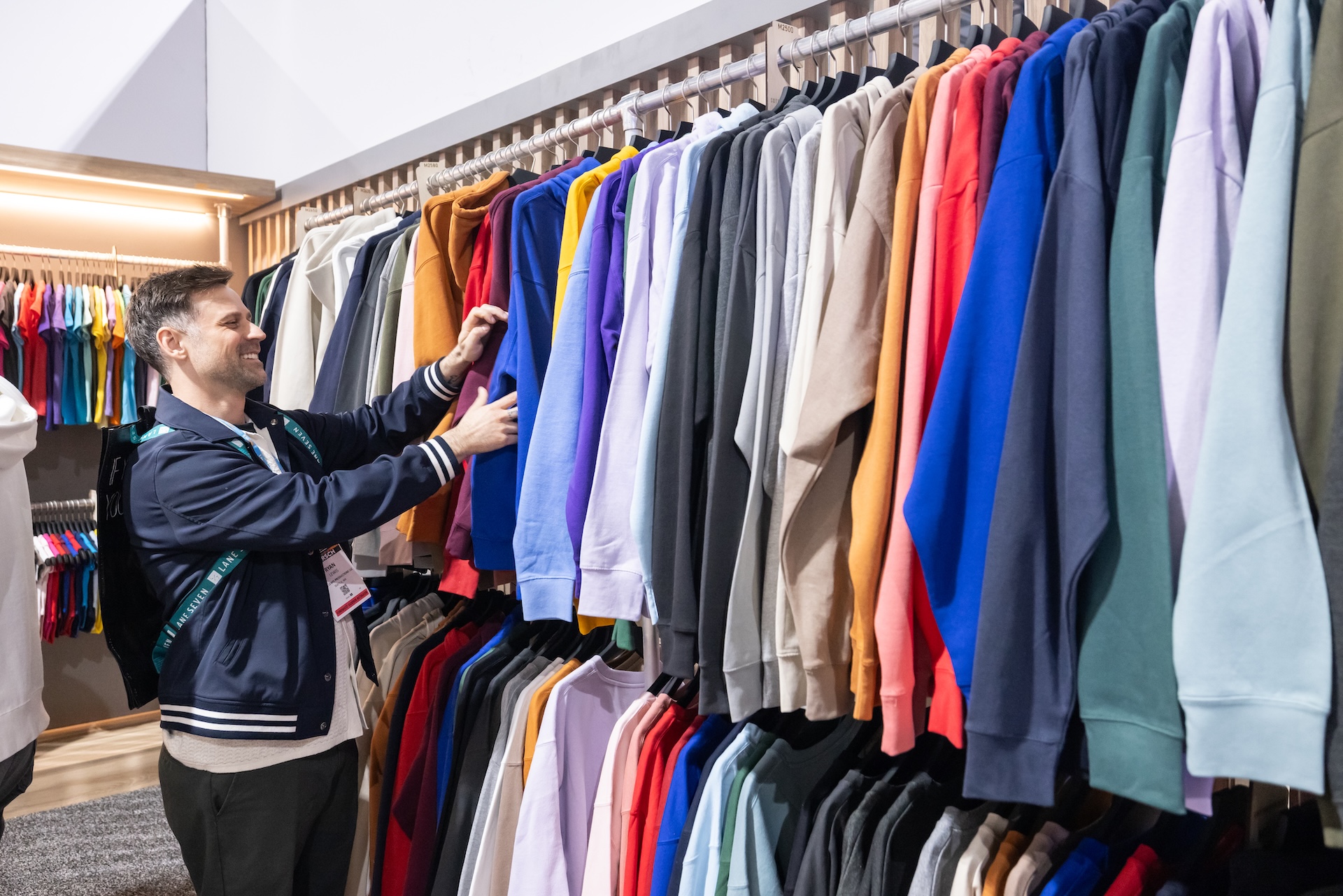According to a recently released report from the marketing research firm Future Market Insights, the global blank apparel market currently stands at $7.8 billion and is expected to increase at a compound annual growth rate (CAGR) of 8.4 percent over the next 10 years, eventually reaching $17.4 billion.
According to the report, “One of the most influential drivers fueling this growth is the rapid development of e-commerce and print-on-demand websites that are revolutionizing the apparel personalization business. As consumer palates move towards individuality and small orders, blank apparel provides an adaptable canvas for personal style, business promotion, and event-related advertising.”
Digital Decorating Spurring Market Growth
The report also notes the development of digital printing capabilities, like direct-to-garment (DTG) and direct-to-film (DTF) and their role in lowering turn-around times and print quality. “With advances in printing technologies and accessibility, additional small shops and artists are entering the marketplace, which demands high-quality, multi-purpose blanks. This has resulted in greater competition between providers to supply better-quality fabric, uniform sizing, and compatibility with printing equipment,” the report says.
Beyond that the report’s authors note businesses and consumers are demanding greener materials, such as organic cotton and recycled products, prompting producers to go back to the supply chain and invest in responsibly sourced materials.
Although FMI cites Europe and North America as being the industry’s leaders with their “robust digital infrastructure and a matured fashion-tech ecosystem,” it says the Asia-Pacific region is “experiencing rapid growth, fueled by increasing garment manufacturing centers and rising interest in e-commerce entrepreneurship. This geographical diversity reflects the industry’s global nature and highlights its potential for continued growth through 2035.”
Raw Materials Costs a Possible Threat
Among the risks facing the industry, the report cites the continuing costs of both cotton and artificial fibers. “Price volatility due to geopolitical tensions, climatic factors impacting crops, or protectionist trade measures can disrupt production costs and reduce manufacturers’ and suppliers’ profit margins,” the report says.
“Another critical risk is the mounting regulatory pressure on sustainability and labor conduct,” the report’s authors say. “As governments tighten compliance in textile sourcing and ethical manufacturing, those companies operating in low-compliance areas risk reputational loss or import/export restrictions. This would decrease the number of accessible industries for non-compliant players and thus affect supply chain resilience.”
For details, or to order a complete copy of the report, click here.





